The foldable phone market is heating up, and Samsung, never one to shy away from innovation, is reportedly developing a tri-fold smartphone. This ambitious design could address a critical weakness that has plagued Huawei’s Mate X series: the infamous crease. While foldable phones offer exciting possibilities with their expanded screen real estate, the visible crease on the folding axis has been a persistent annoyance for many users. Could Samsung’s tri-fold design be the solution everyone’s been waiting for?
Foldable phones have been around for a few years now, with Samsung leading the charge with its Galaxy Z Fold and Z Flip series. However, the technology is still in its early stages, and manufacturers are constantly experimenting with new designs and form factors. Huawei, another major player in the foldable phone arena, has opted for an outward-folding design with its Mate X series. While visually striking, this design choice has resulted in a more pronounced crease compared to Samsung’s inward-folding phones.
Now, rumors suggest that Samsung is working on a tri-fold phone that could potentially eliminate this crease issue altogether. This innovative design is expected to feature two hinges and three display segments, allowing the phone to fold in a Z-shaped configuration. This approach could distribute the stress of folding across two hinges, minimizing the strain on any single point and reducing the visibility of the crease.
The Crease Conundrum: A Foldable Phone’s Achilles’ Heel
Let’s be honest, the crease on foldable phones is an eyesore. It’s a constant reminder that you’re using a first-generation technology, and it can be distracting when watching videos or reading text. While manufacturers have made strides in reducing its prominence, the crease remains a major pain point for many users.
Personally, I’ve spent some time with both the Galaxy Z Fold 3 and the Huawei Mate Xs. While both phones impressed me with their functionality and versatility, the crease on the Mate Xs was undeniably more noticeable. It felt deeper and more pronounced, especially when running my finger across the screen. This experience made me realize how crucial it is for manufacturers to address this issue if foldable phones are to achieve mainstream adoption.
Samsung’s Tri-fold Solution: A Potential Game Changer?
Samsung’s rumored tri-fold design could be a game-changer in the foldable phone market. By incorporating two hinges, the stress of folding is distributed more evenly, potentially minimizing the crease. Moreover, this design could offer greater versatility compared to existing foldable phones. Imagine being able to fold your phone into different configurations depending on your needs:
- Tablet Mode: Unfold all three segments for a large tablet-like experience, ideal for multitasking and media consumption.
- Laptop Mode: Fold one segment to create a laptop-like configuration, with one segment serving as the screen and the other as a virtual keyboard.
- Phone Mode: Fold all three segments to use the device as a regular smartphone.
This versatility could significantly enhance the user experience and make foldable phones even more appealing to consumers.
More Than Just a Crease-Free Experience
While the potential for a crease-free experience is exciting, Samsung’s tri-fold phone is rumored to offer much more. Reports suggest that the device will feature:
- Improved Durability: A more robust hinge mechanism and a tougher display material could make the phone more resistant to damage.
- Enhanced S Pen Support: The tri-fold design could provide a larger canvas for S Pen users, making it ideal for note-taking, drawing, and creative tasks.
- Advanced Camera System: Samsung is expected to equip the phone with a cutting-edge camera system, possibly featuring under-display cameras for a truly immersive full-screen experience.
These features, combined with the potential for a crease-free display, could make Samsung’s tri-fold phone the most advanced and desirable foldable device on the market.
The Challenges Ahead: Engineering and Software Optimization
Developing a tri-fold phone is no easy feat. Samsung will face numerous engineering challenges, including:
- Hinge Durability: Ensuring the durability and longevity of the two hinges will be crucial.
- Software Optimization: The software needs to be seamlessly adapted to the unique form factor and different folding configurations.
- Battery Life: Powering three display segments will require a large battery and efficient power management.
Overcoming these challenges will be essential for Samsung to deliver a truly compelling tri-fold phone experience.
The Future of Foldable Phones: A Tri-fold Revolution?
Samsung’s tri-fold phone could mark a significant turning point in the evolution of foldable devices. By addressing the crease issue and offering enhanced versatility, it could pave the way for mainstream adoption of this exciting technology.
However, it’s important to remember that this is still a developing technology. There will undoubtedly be challenges and setbacks along the way. But if Samsung can successfully navigate these hurdles, its tri-fold phone could be the device that finally convinces consumers that the future of smartphones is foldable.

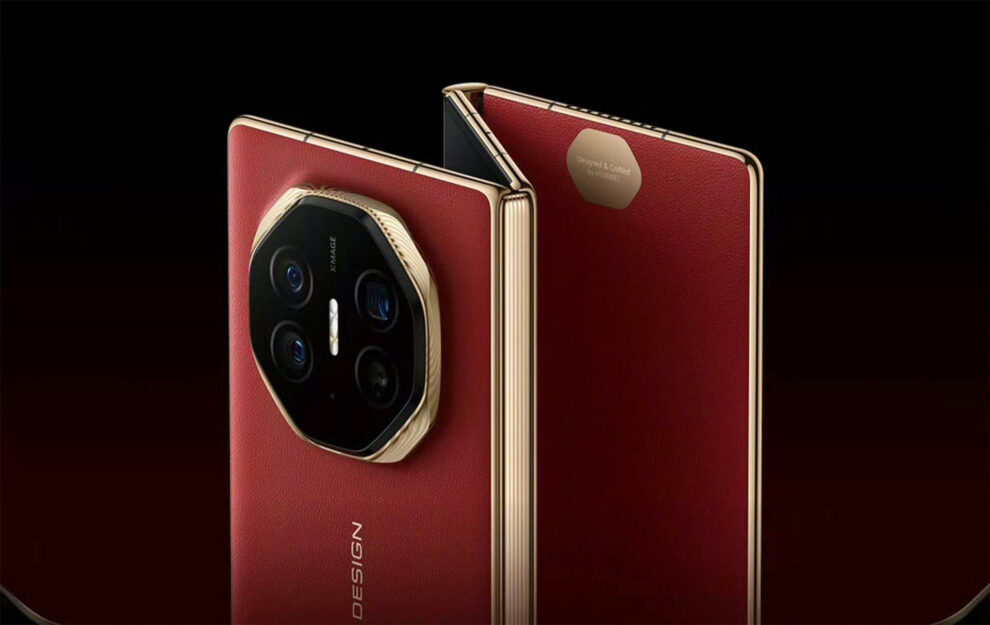
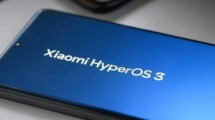


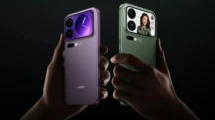
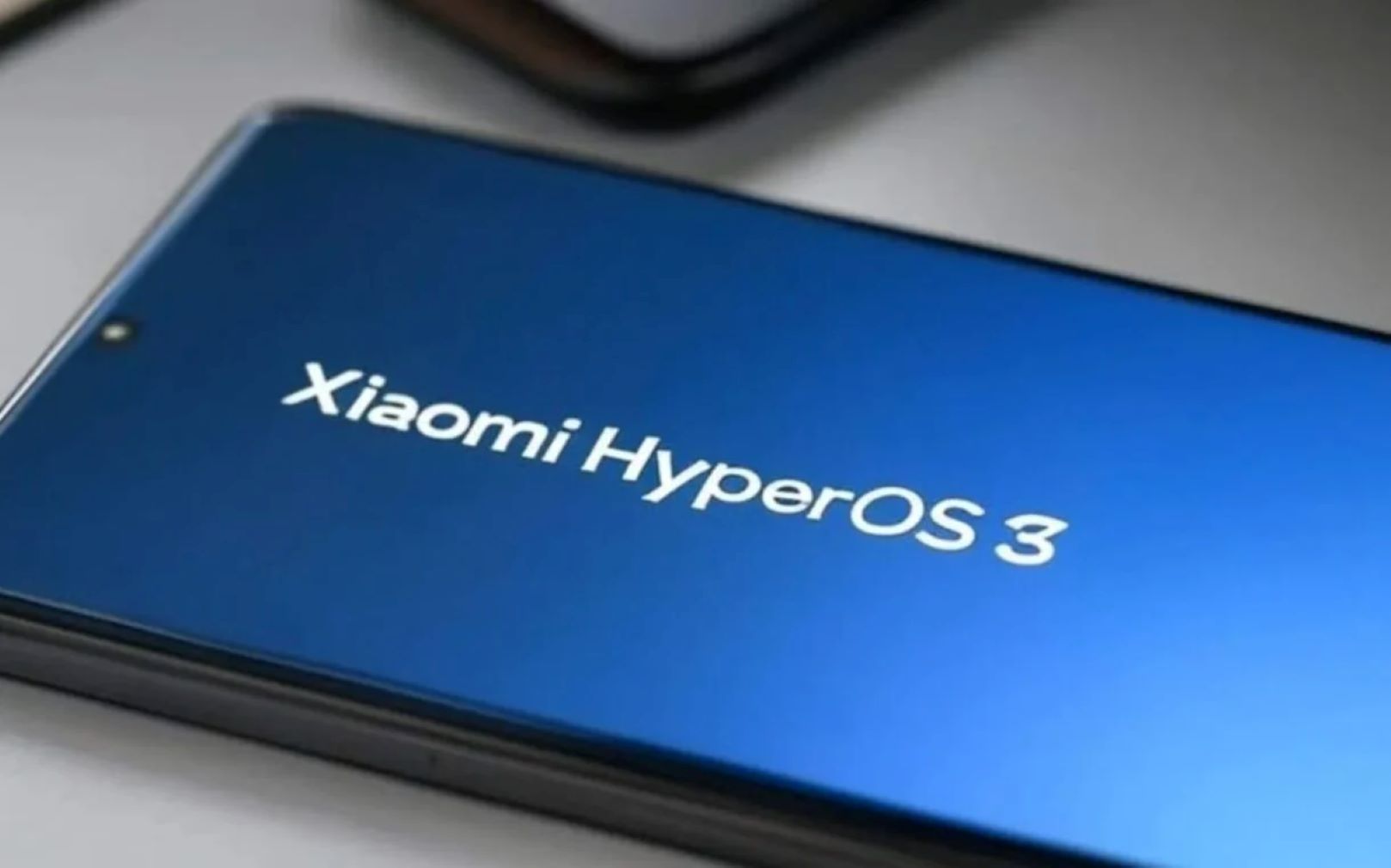
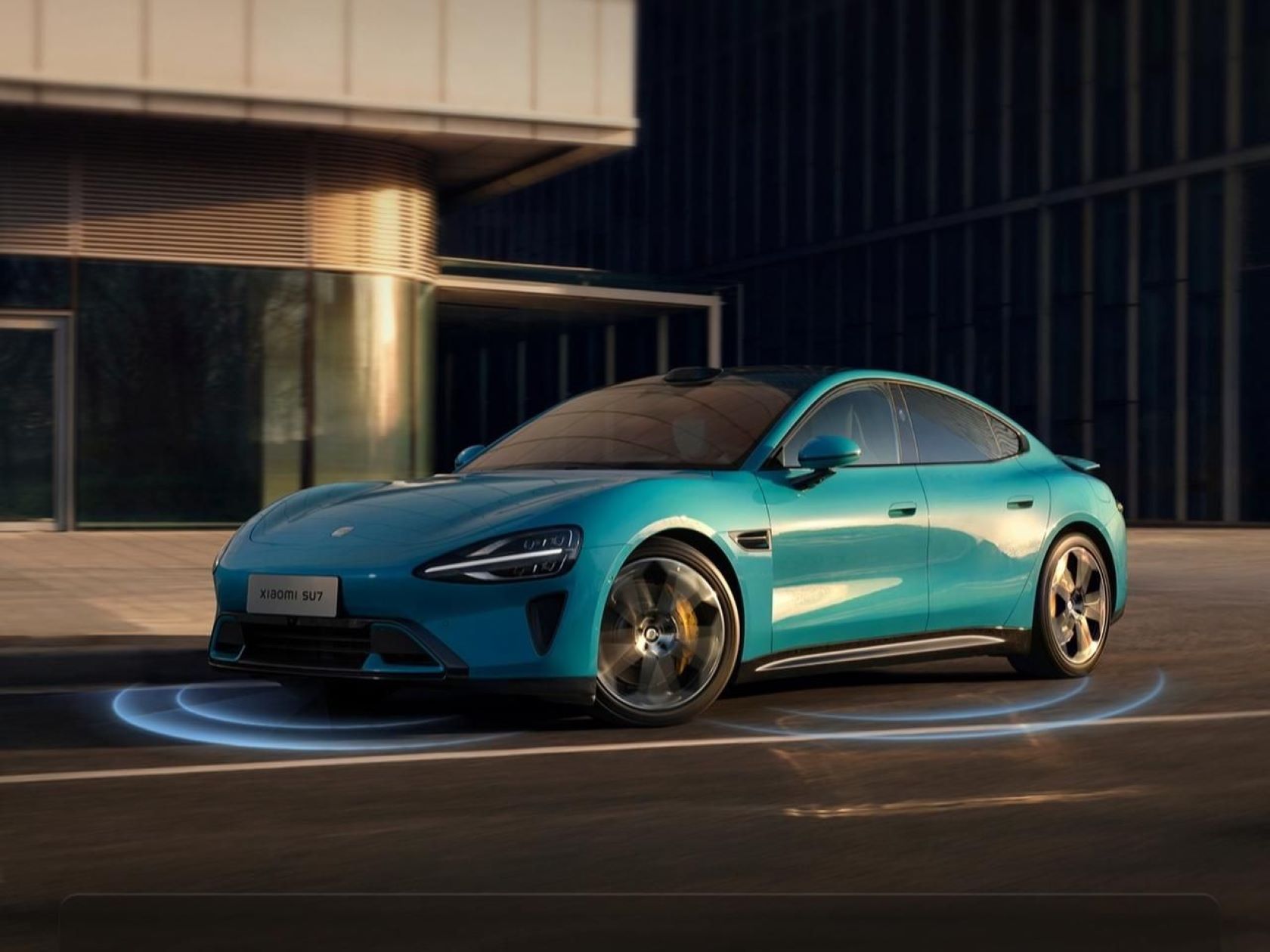
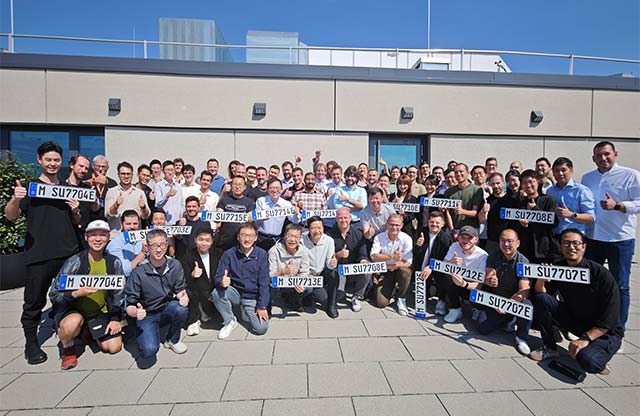
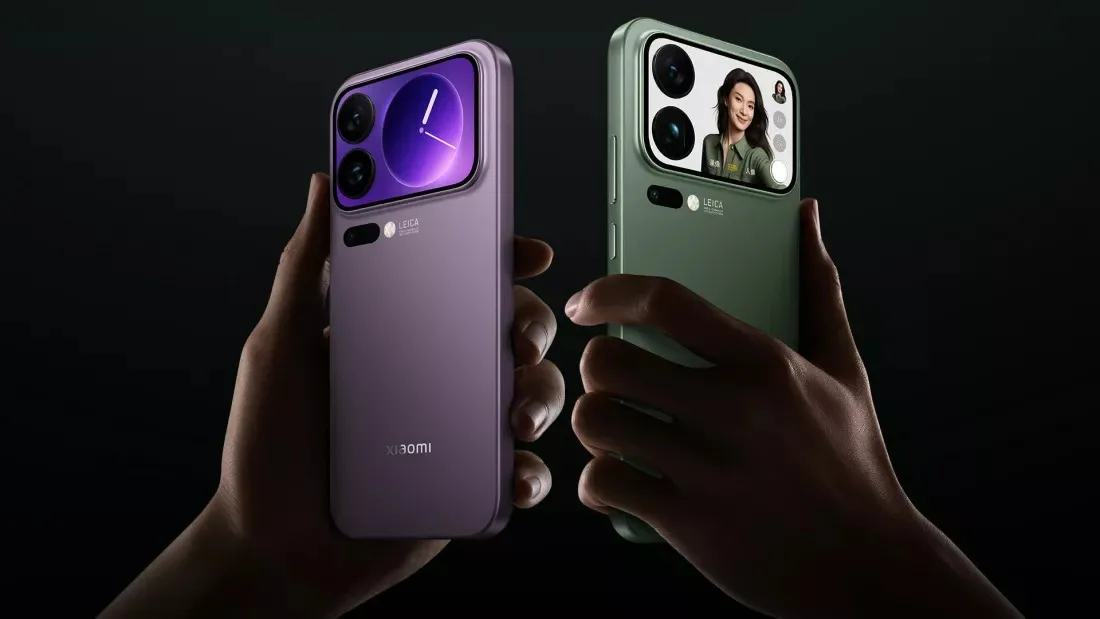
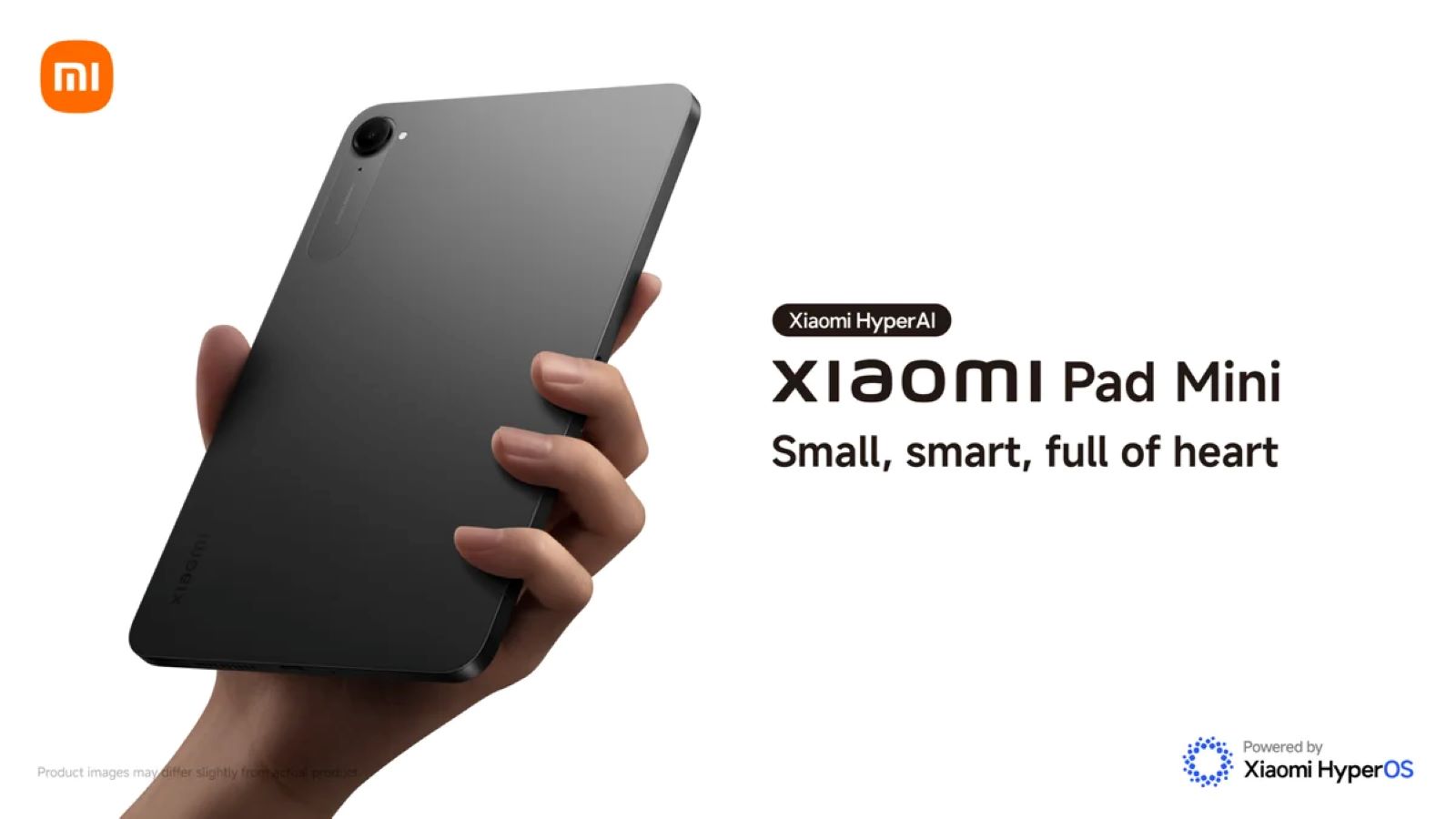
Add Comment